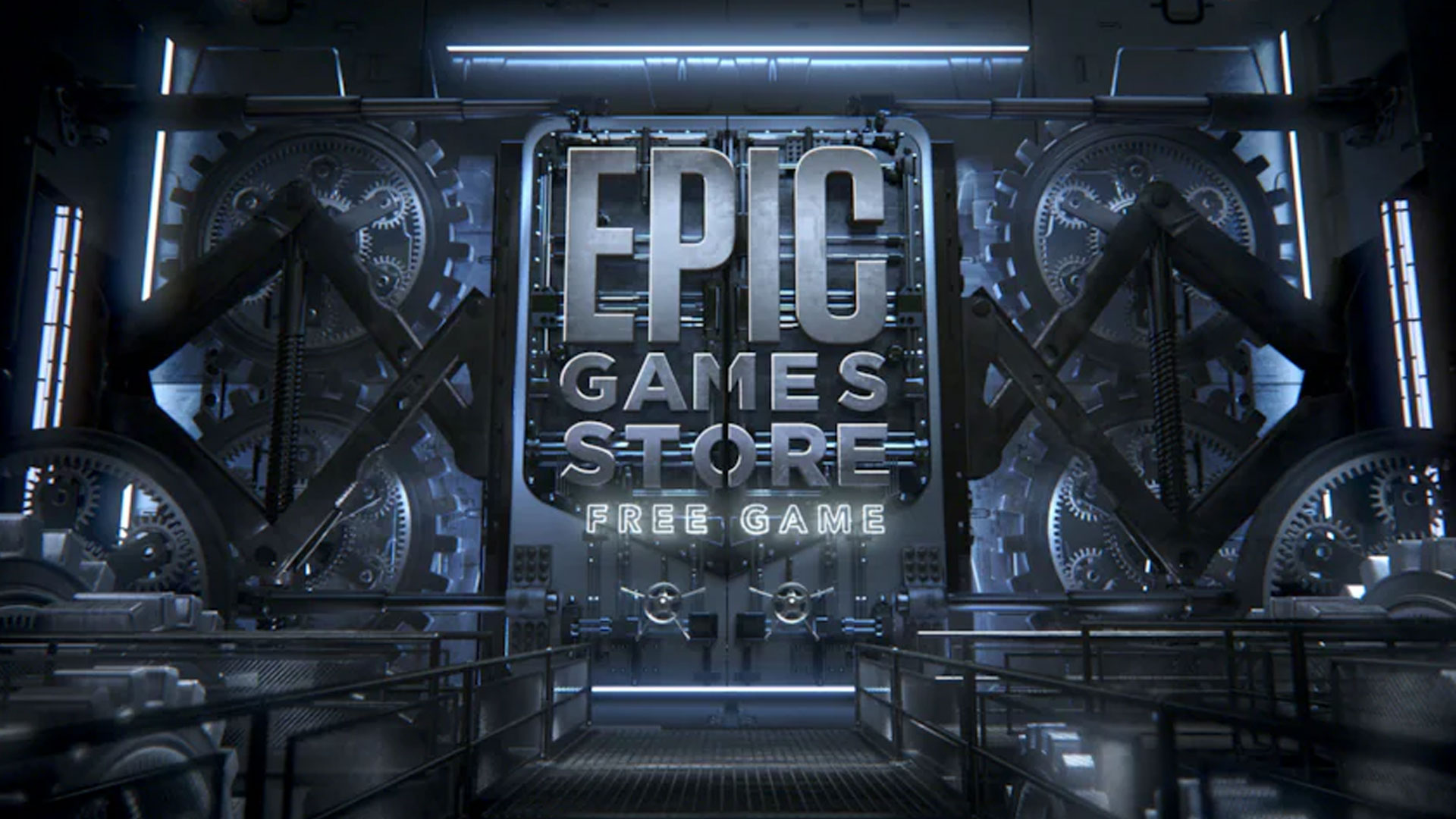Updates, Updates, and More Updates
There are a lot of things I overlook when it comes to video gaming. But two of the things that I still find myself annoyed with, even though I know they aren’t going to change, are game patches and system updates. I went through the Atari 2600, Nintendo Entertainment System, Super Nintendo Entertainment System, Nintendo 64, PlayStation, SEGA Saturn, SEGA Dreamcast, and PlayStation 2 before I hit 25 years old. And the great thing about all of those systems was that no downloads were necessary. No system updates. No game updates. When you bought a game and came home, you were able to play it right away. And then online gaming came to consoles which then brought with it many of the same things that were already happening in PC gaming.
During my first experiences with computer gaming as a child, I noticed that playing a game required a process that was different from a console. Instead of playing a game immediately, it had to be installed onto the system first. There were instances where multiple disks or CD-ROMs were required to finish the installation and even play some games. I can remember people having stacks of floppy disks. When the internet came into play, computer games then had patches and updates. Does this sound familiar? It definitely should to those of us who are gamers today. This computer gaming concept was ported to the consoles beginning mainly with the PlayStation 3 and Xbox 360, the seventh generation of video game systems. It was then that the process of inserting the game disc, installing the game on the system’s hard drive, and then waiting for the game updates to be completed became the norm for your PlayStation, Nintendo, and Xbox systems. Memory cards became obsolete because the consoles now ran off a hard drive, similar to a Windows computer. Console gaming was forever changed. This also was implemented in handheld systems.

Behold the last generation of consoles that didn’t require updates or patches.
I’ve adjusted to all of this, but it doesn’t make it any less of a nuisance. There are times, even now, when I finally have some free time and I can think of nothing better than to have a gaming session. I boot up my PC or console only to be greeted by a long list of required updates. It happens more often than I care to remember. Fortunately, I have other systems to work with so I switch to something else while the system I prefer to play on goes through all its updates. Some patches are very big…we’re talking above 50 gigabytes. By the time that update finishes, I’ve already ended up moving on to something else. Then when I finally decide to try and play my original choice again, there are even more updates to download. It’s excessive and ridiculous.
It would be nice if there was an option to be completely offline and still have full access to all of our favorite games, but it doesn’t work like that today. First off, the money is in online gaming. Secondly, it allows developers and publishers to maintain a higher level of control over their games. This is much to my dismay as I value ownership of games I purchase, even if it is limited from the start. A game that always has to be connected online makes me feel like I’m on borrowed time for something I bought. Yet more games are requiring an online connection and simply will not work without the updates. I believe that all games, unless exclusively online multiplayer (like MMOs), should have online and offline support. This ensures that a person who paid for a game will always have access to it, regardless of an internet connection or the ability to connect to a server. It also would make installing patches a choice, not a requirement. But this would also require publishers to have a fully working game from the second it is released.

Accessories like external hard drives are now a necessity in gaming because of the lack of storage on video game systems.
The other downfall to all the updates is the space that it takes up on your hard drive. I believe it is by design to have the consumers buying accessories such as external hard drives. Video game systems are consistently sold with hard drives that are not adequate for gamers who plan to collect a significant library of titles on the platform. The amount of storage taken up by patches and updates feels excessive. Whether it is your console or game, every update takes up space. That’s not even counting the gigabytes the game by itself consumes. I learned a valuable lesson about default storage space on a device several years ago when I owned an iPhone that had no extended storage capability. The updates were so frequent that I quickly ran out of space. I deleted all unnecessary applications only to find out it was Apple that had caused this. It was to the point that I couldn’t even download the latest system update for my phone.
Anyway, this trend of patching and updating in excess is something that I wish would be addressed in gaming. But as long as everything is connected online and gaming systems are built like computer systems, these issues will not disappear. If anything, expect more patches going forward and expect more storage to be required for gaming. I’m annoyed even thinking about it. But it’s even more annoying because I remember a time that there wasn’t a need for updates or patches at all.
-LandoRigs (TVGA)
admin@videogamersadvocate.com






Do any of you remember the days when patches and updates didn’t exist in console gaming?